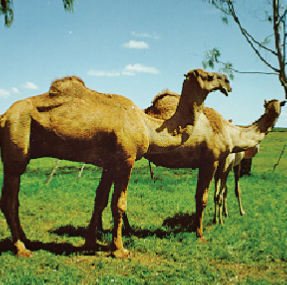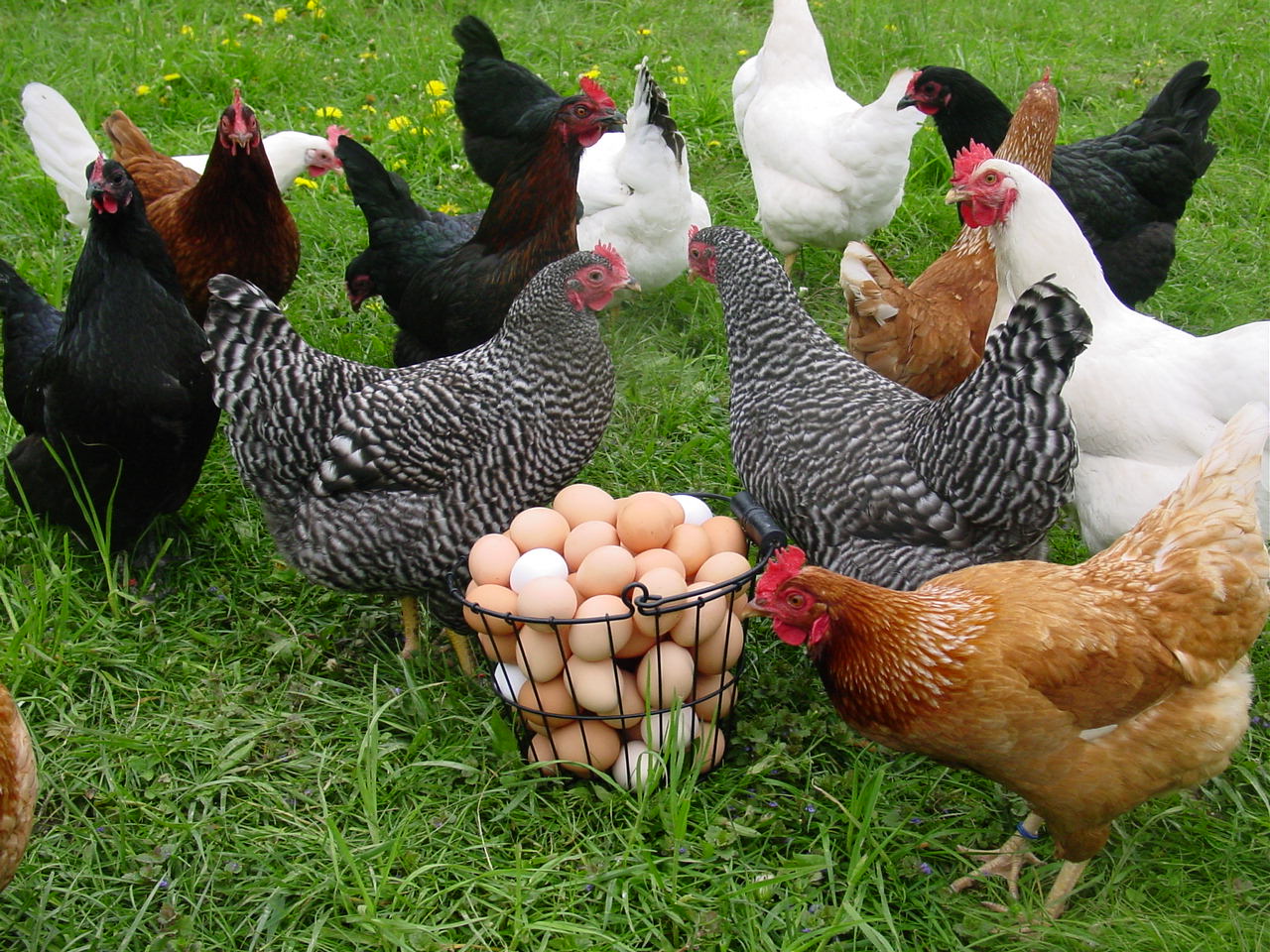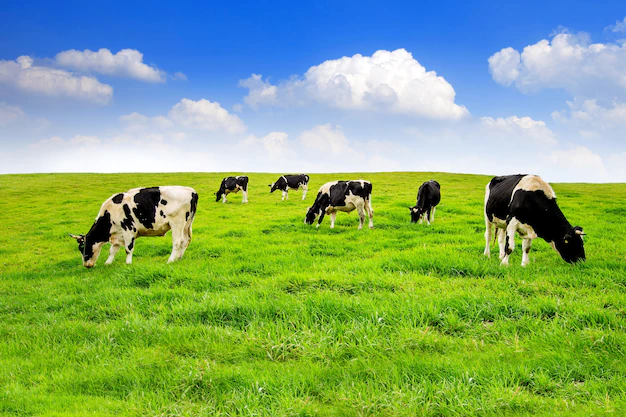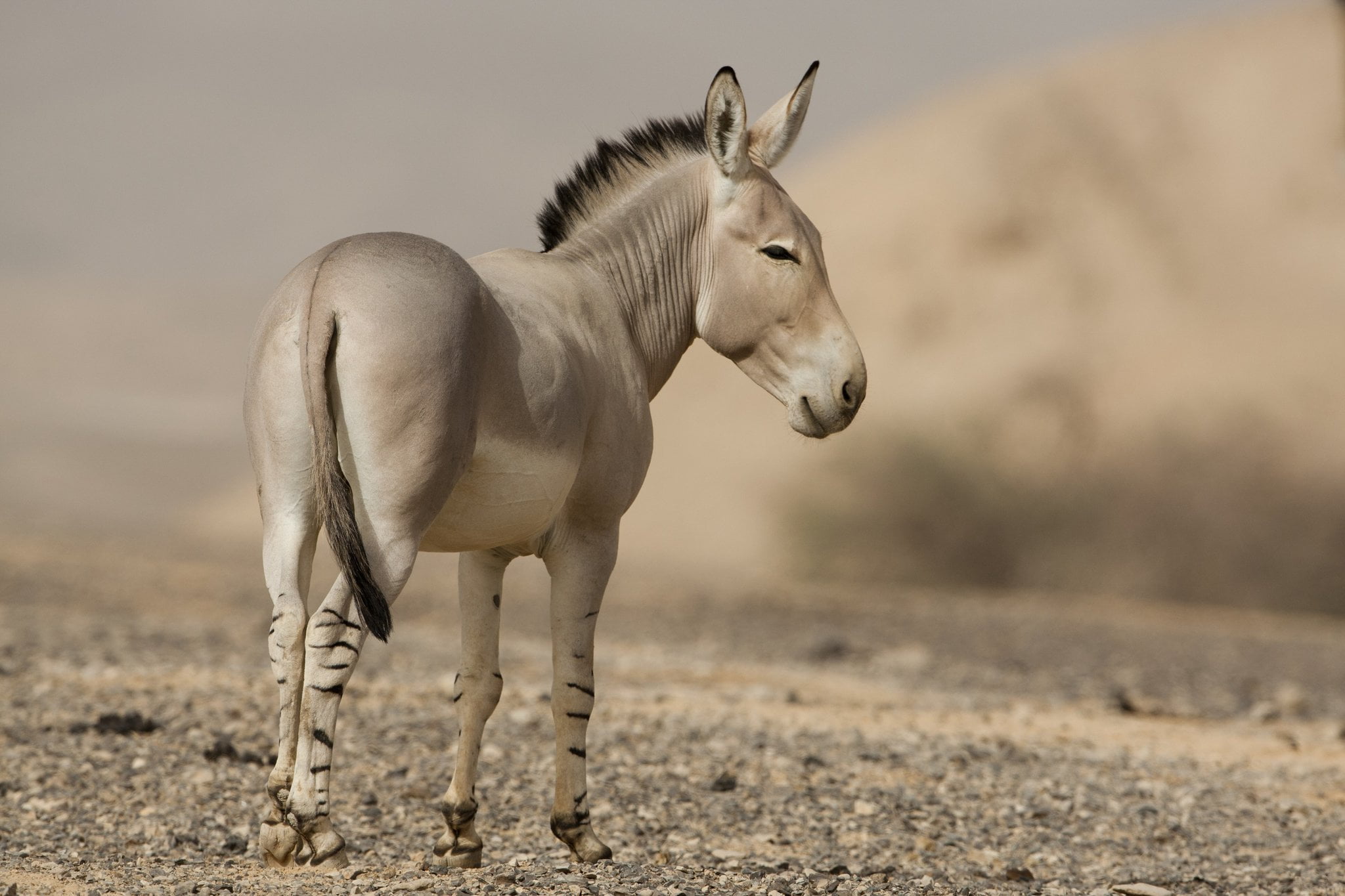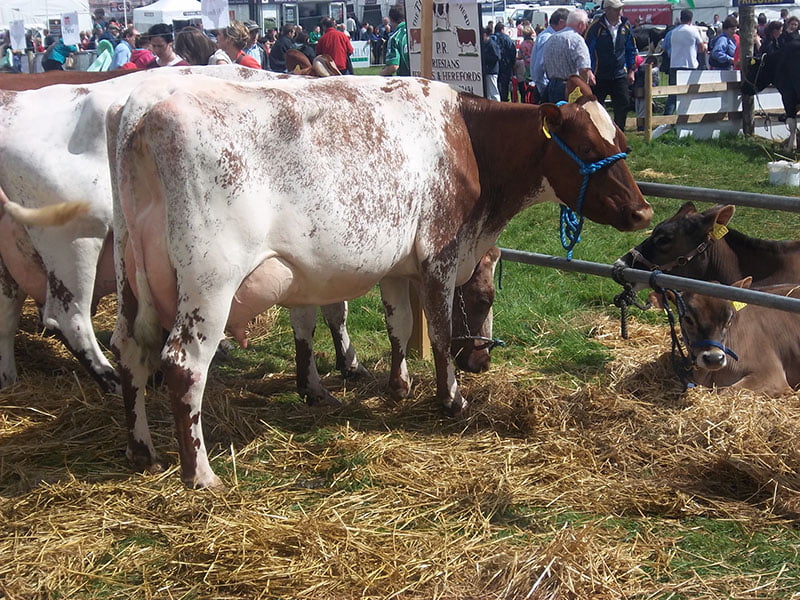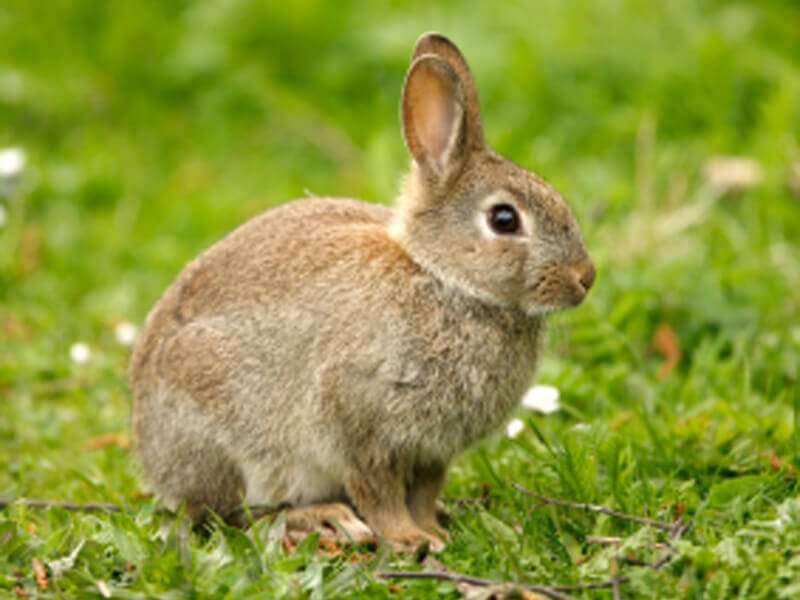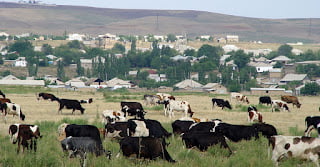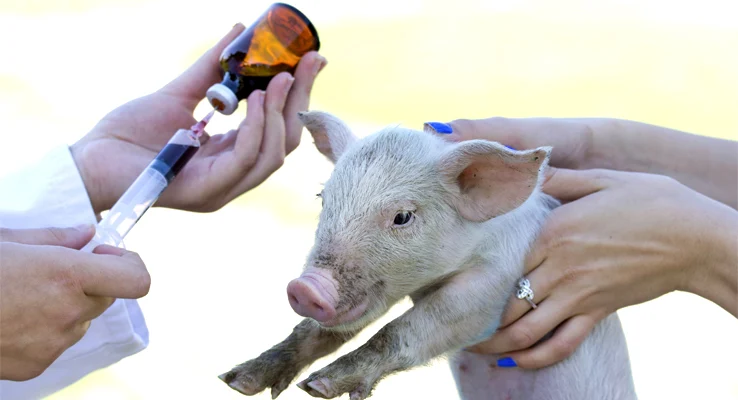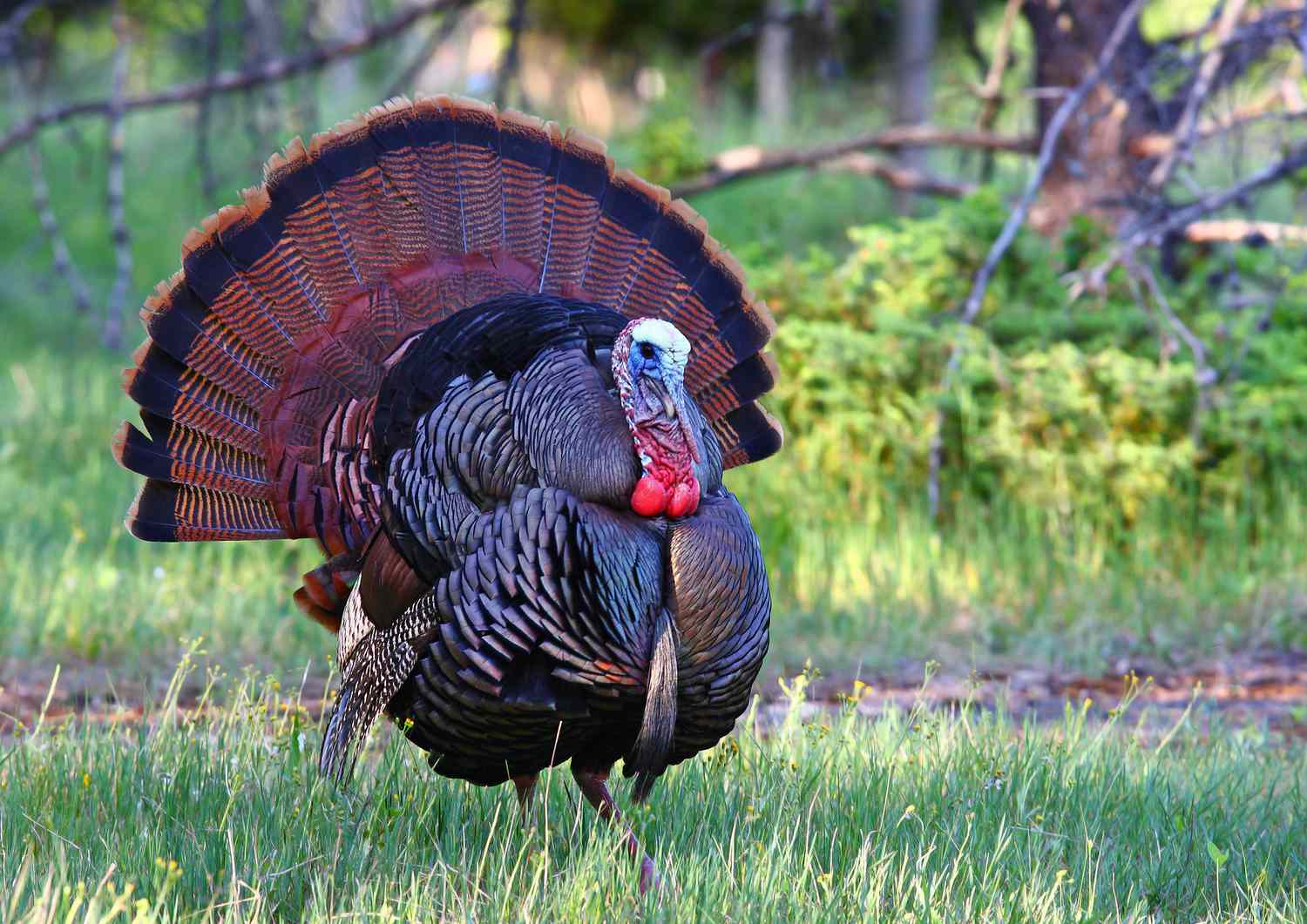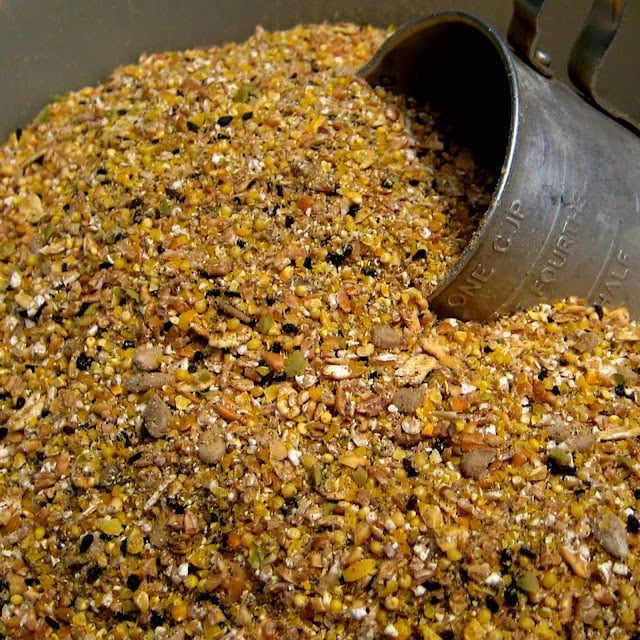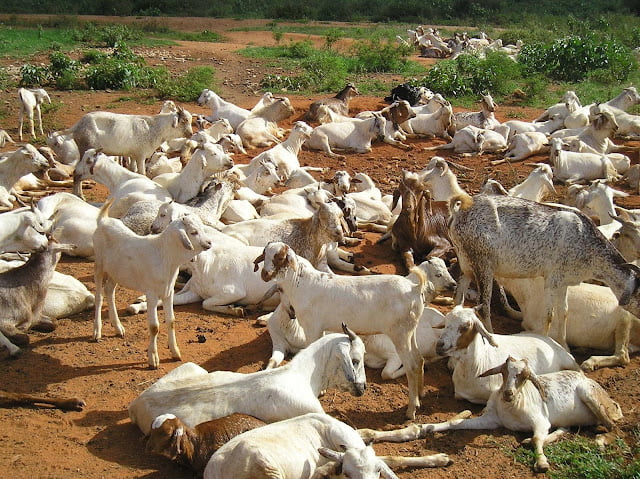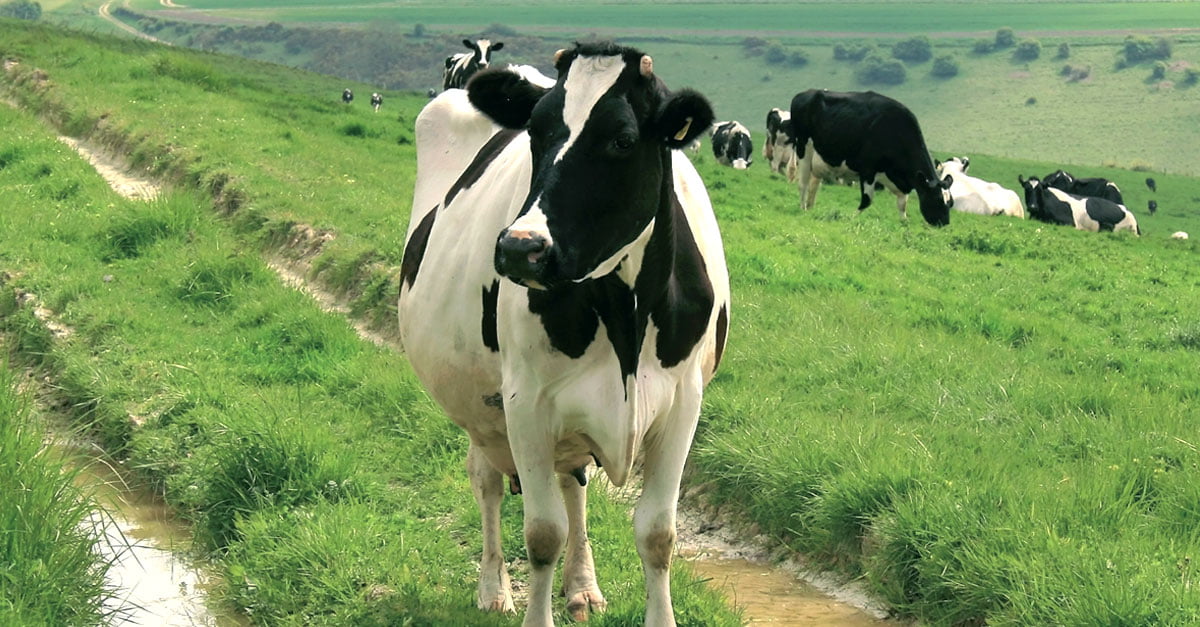Introduction Origin and history of sheep The domestic sheep (Ovis aries) ruminant mammal typically kept as livestock refers to selective grazing animals that may be domesticated (tamed) or wild. At one time all wild. Around 10,000 BC sheep were domesticated by humans. Most of the wool breeds of sheep were developed from Moulfan sheep . Most of the hair breeds are similar to the Urial sheep of ancient times. Prior to domesticating sheep, only the dog and reindeer were domesticated. As the animals were raised under tamed conditions, they went through several changes. On…
Year: 2023
Camel Definition & Meaning | Description, Types& Adaptations
Introduction Scientific name: Camelus dromedarius Order/Family: Camelidae A camel (from Latin: camelus)is an even-toed ungulate in the genus Camelus that bears distinctive fatty deposits known as “humps” on its back. Camels have long been domesticated and, as livestock, they provide food (milk and meat) and textiles (fiber and felt from hair). Understand camels Camels come from the most barren and harsh places on our planet. Everything in the camel is designed to trap or save moisture; even their blood cells are different in order to deal with less water. They need more salt than most animals. They are not considered ‘real ruminants’, but…
Poultry Meaning, Management, Breeding & Disease Control
Introduction Poultry , (Gallus gallus domesticus), any of more than 60 breeds of medium-sized poultry that are primarily descended from the wild red jungle fowl (Gallus gallus, family Phasianidae, order Galliformes) of India. As are domesticated avian species that can be raised for eggs, meat and/or feathers. The term “poultry” covers a wide range of birds, from indigenous and commercial breeds of chickens to Muscovy ducks, mallard ducks, turkeys, guinea fowl, geese, quail, pigeons, ostriches and pheasants. The term poultry refers to domesticated birds kept for meat, eggs and feather production. Domestication of poultry is thought to have started in…
Cattle : Definition, Meaning, Description &Breeding
Introduction Cattle defined as domesticated quadrupeds held as property or raised for use specifically : bovine animals on a farm or ranch Cattle are raised to produce beef, veal, and dairy products Cattle (Bos indicus and B. taurus) are the most common and widespread species of large ruminant livestock and are raised primarily to produce milk, meat and hides and to provide draft power. A breed is a race or variety related by descent and similarity in certain distinguishable characteristics. More than 250 breeds of cattle are recognized throughout the World. In Africa there are…
Donkey -Meaning,Breeds, Nutritional & Care
Introduction The donkey,Equus africanus asinus, is a domesticated member of the Equidae or horse family. The wild ancestor of the donkey is the African Wild Ass, E. africanus. A male donkey is called a jack, a female a jenny, and offspring less than one year old, a foal (male: colt, female filly). While different species of the Equidae family can interbreed, offspring are almost always sterile. Nonetheless, horse/donkey hybrids are popular for their durability and vigor. A mule is the offspring of a jack (male donkey) and a mare (female horse). The much rarer successful mating…
Mange in Dogs,Meaning, Treatment and Prevention
Mange is a skin disease that affects mammals caused by microscopic mites that burrow into skin Mange, skin disease of animals caused by mite infestations, characterized by inflammation, itching, thickening of the skin, and hair loss. The most severe form of mange is caused by varieties of the mite Sarcoptes scabiei, which also causes human scabies. Some form of mange is known in all domestic animals, although many varieties of mange mites infest only one species. They are transmitted between animals by direct contact and by objects that have been in contact with infested animals. Most forms of mange are treatable…
Milk fever in dairy cows:Strategies for preventing& It’s Measures
Milk fever Milk fever arises when cows are unable to mobilise sufficient calcium at calving. This website is intended to provide a better understanding of the challenge of controlling (sub)clinical milk fever for dairy farmers. What is milk fever? Milk fever, or hypocalcemia, is a calcium deficiency. The disease has a clinical and a subclinical form and affects when cows they are at their most vulnerable – during the transition period. Cows need a large amount of calcium immediately after calving: initially they take the calcium from their blood and…
Milk fever in cows – Causes,symptoms&Control/prevent
Milk fever in cows Milk fever (hypocalcaemia) as a nutritional disorder defined as a metabolic disorder due to insufficient calcium, commonly occurring during calving,this happens when the dairy cow has lowered levels of blood calcium. • This disease occurs shortly after the cow gives birth (< 72 hrs). • The word “MILK FEVER” has nothing to do with the cause of the disease itself. • The cause of the problem is the lack of Calcium minerals in the body of the mother cow – HYPOCALCAEMIA OTHER SYMPTOMS ARE:- – Stop…
Rabbit Farming, Rearing,Production and Management
RABBIT FARMING A PROFITABLE BUSINESS : Rabbit farming is not a new enterprise in the World despite misconception by many as a non-income generating activity. However, in recent years many farmers have started to realize its potentiality as a profitable investment ADVANTAGES OF RABBIT FARMING Their feed requirement is low, especially with regard to demand for grain. Their housing and disease control managements are also low yet their meat is highly nutritious and healthier source of protein when compared with other sources of meat. Rabbits are not rodents, they are…
Common Cattle diseases I Signs,Prevention and their management
COMMON CATTLE DISEASES Cattle suffer from a variety of diseases. Diseases are more common among herds kept in tight quarters, such as on feedlots, or large herds kept on too few acres. Diseases are also more common among stressed animals, such as calves weaned and shipped immediately to new locations. Keeping new animals quarantined until you’re sure they aren’t suffering from disease is a simple herd management practice that can keep the majority of your livestock healthy by reducing the number of potentially transmitted diseases. Beef cattle diseases fall into…
Disease Treatment, Control & Prevention (Ticks, Wounds,Vaccination)
Prevention of diseases is always both better and cheaper than treatment. Even if vaccines and other preventive measures may seem expensive, they are in the long run much cheaper than loosing animals or letting animals suffer and loose condition and buying expensive drugs – not to mention the fees of the vets. The following public and private disease prevention measures also protects the rights of the animals to a worthy enjoyable life and are the pillars of good and successful management. Hygiene / Insect and Tick control Many serious diseases are transferred…
Dairy Cow Farming -About dairy cows Housing and Characteristics
Cows are livestock that are highly trusted by the majority of citizens in this country. Dairy cattle (also called dairy cows) are cattle bred for the ability to produce large quantities of milk, from which dairy products are made. There are three types of cattle raised in this country which are modern cattle, local cattle, and wild cattle. The following are the benefits of cattle breeding Food such as milk and meat Fertilizer Leather that is used as raw material to make shoes, belts, bags, clothes and beds Earning money is also…
Turkey | Breeding Description, Definition & Meaning
BEST BREEDING OF TURKEY (Meleagris gallopavo) The turkey is a large bird in the genus Meleagris, native to North America,The meaning of TURKEY is a large North American gallinaceous bird (Meleagris gallopavo) that is domesticated in most parts of the world The consumption of turkey meat has increased in recent years and its stew is used to be eaten during various holidays such as Idd mbarak, Christmas and Easter. Its origin is central America where they were derived from the wild turkey. Most of the turkeys that are raised are hybrids, that is, from…
How to make modern chicken food (broiler and layers chicken)
Hello, my dear readers? Today I have come up with an article about how to mix food for modern chickens, that is for layers and broiler. Poultry feed accounts for 80% of production costs. If the breeder is able to make the food himself, he will be able to reduce the costs up to 50 to 60%, this situation will make him profit and return the production costs. The important thing is that the breeder should pay attention to the quality of raw materials during mixing, if you use low…
The best dairy cow stall/Housing
Cow Shed This is a place for cows to rest and sleep at night. Each cow has its place in the resting area, it is called . Metals must be covered and the roof is made of corrugated iron, grass or thatch. The roof must be high enough so that it cannot be eaten by cows if it is made of grass or hay is stored under it. The rooms must be built in such a way that the cow remains clean all the time. Cow shed interior Clean the…
BEST METHODS OF GOAT BREEDING
The following are the basic factors to consider in goat breeding. The best breeding method. 1. Raise them in the best shed. 2. Choose goats according to their characteristics and the goal of breeding (production) meat or milk. 3. They should be fed the right food according to the goat’s age. 4. Taking into account the advice of a veterinary specialist, especially the way to control these diseases is very important. 5. Keeping records of production. 6. To produce quality meat or milk that meets the needs of the market.…
RABBIT FARMING, TYPES AND DISEASES
In the previous article we talked about how to prepare hutches and different diets for rabbits, in this article we will talk about different types and diseases of rabbits, continue… RABBIT BREEDS: There are more than 45 species of rabbits worldwide. The most popular species known in East Africa are the following: 1. NEW ZEALAND WHITE : These rabbits are white and the eye color is dark brown (pink) close to red. Puberty early (six months), gives birth seven or more children and can breastfeed them well. Their meat is…
Mastitis prevention control and Treatment
What is mastitis in cattle? Mastitis is an inflammation of the mammary gland or udder. Mastitis in dairy cows is caused by udder infections, usually resulting from bacteria introduced either during the milking process or from environmental contact. What antibiotics are used to treat mastitis in cows? The drugs considered include the more common penicillins, aminoglycosides and macrolides; oxytetracyline, chloramphenicol, trimethoprim, and several sulphonamides. The success of systemic therapy against mastitis depends to a large extent on the concentration of antibacterial drug achieved at foci of infection. What is the best treatment for mastitis in cows?Treatment approachStripping (hand milking) out the infected milk…



